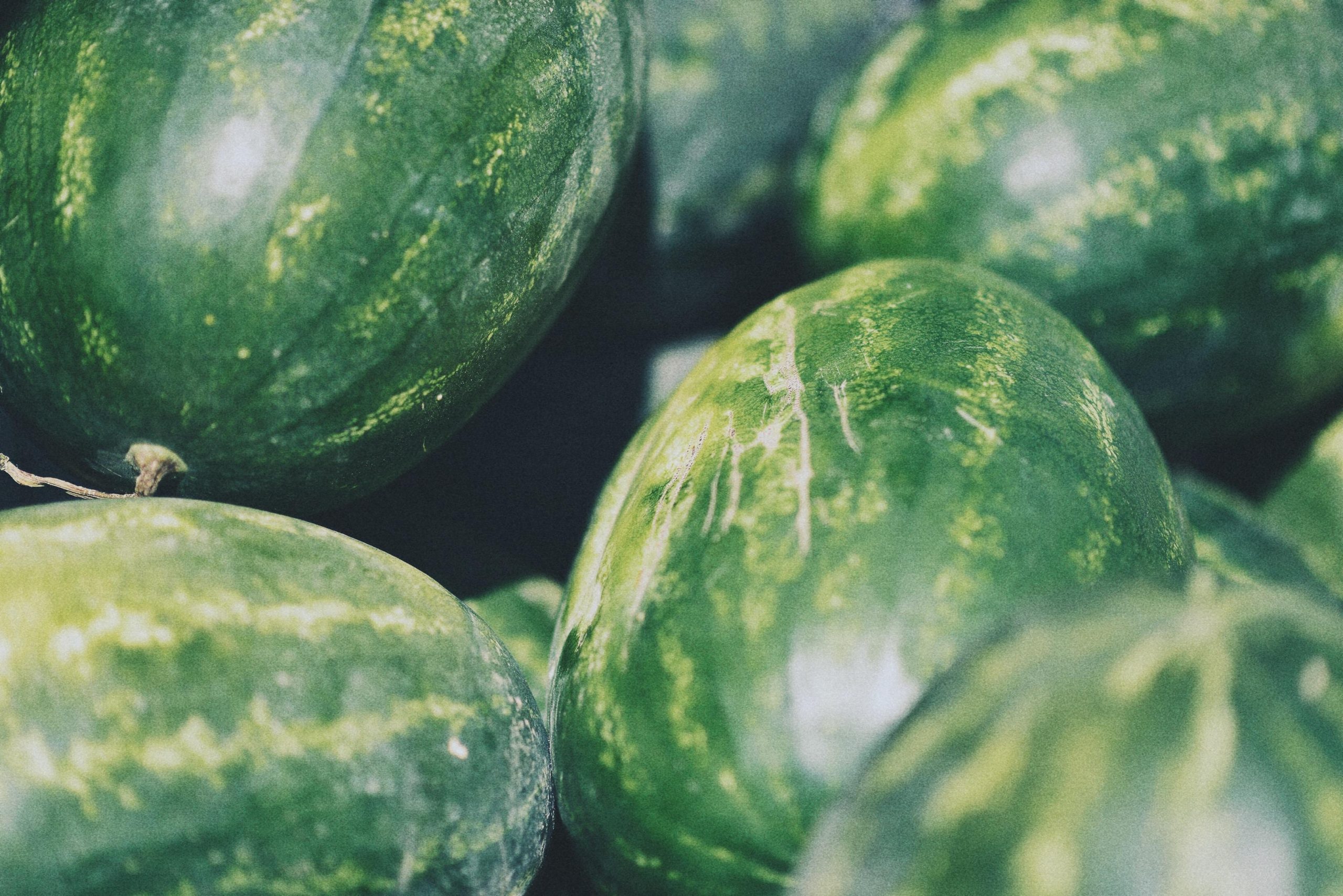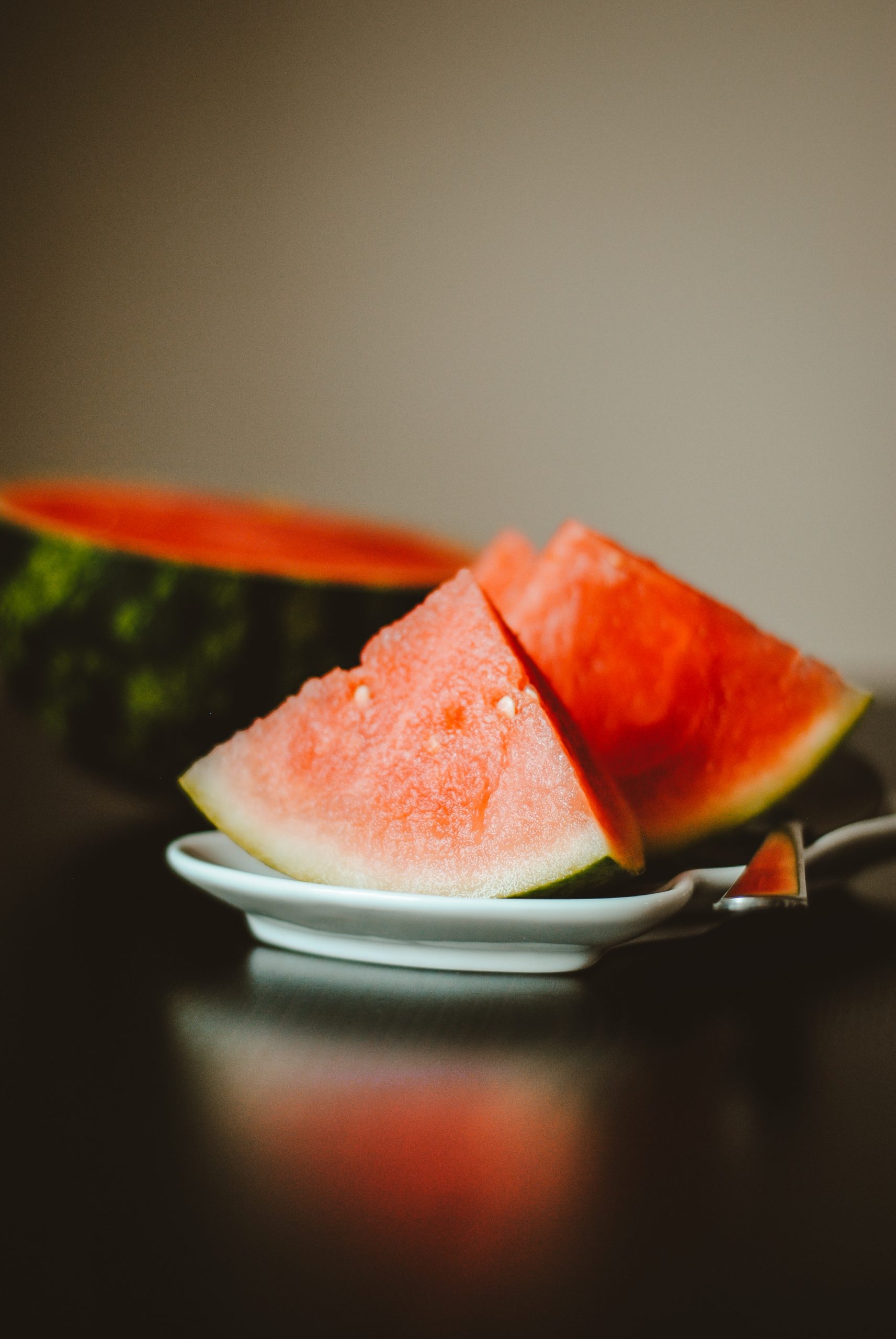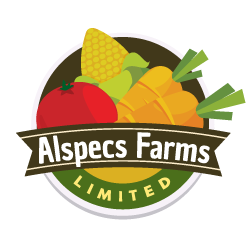ALSPECS FARMS WATERMELON
The point of using Lorem Ipsum is that it has a more-or-less normal distribution of letters, as opposed to using 'Content here, content here', making it look like readable English
ABOUT Watermelon
Farming requires minimal management processes and its market is readily available. In Kenya, it is done mostly in hot regions like Makueni, Machakos, Kajiado and the coastal regions. Watermelon can also be grown in highland regions, although the quality of the fruits is inferior compared to those grown in hot regions.

Watermelon
Health benefits and nutritional value of watermelons
- High in lycopene, a powerful antioxidant which is effective in preventing some forms of cancer and cardiovascular diseases.
- High in Vitamin A, C and B6.
- Rich in Potassium which is helps in controlling blood pressure and preventing strokes.
- Rich in folate, amino acids, among other healthy components
- Low in calories
- Very nutritious
ECOLOGICAL REQUIREMENTS
Soil– the crop does well in loamy, well drained soils, rich in nutrients and slightly acidic. If grown in heavy soils, the crop grows slowly and fruit size are usually of low quality.
Temperature– warm temperatures of between 15-30 C are fit for the growth and development of this crop.
Attitude– watermelons can do well at attitudes of up to 1500m asl. However, lowlands are best growing areas.
Rainfall– the crop flourishes in regions with an optimum rainfall of 600mm per cropping season. Irrigation is important in order to ensure consistent moisture availability.

GET IN TOUCH
Latin words, combined with a handful of model sentence structures, to generate Lorem Ipsum which looks reasonable.
